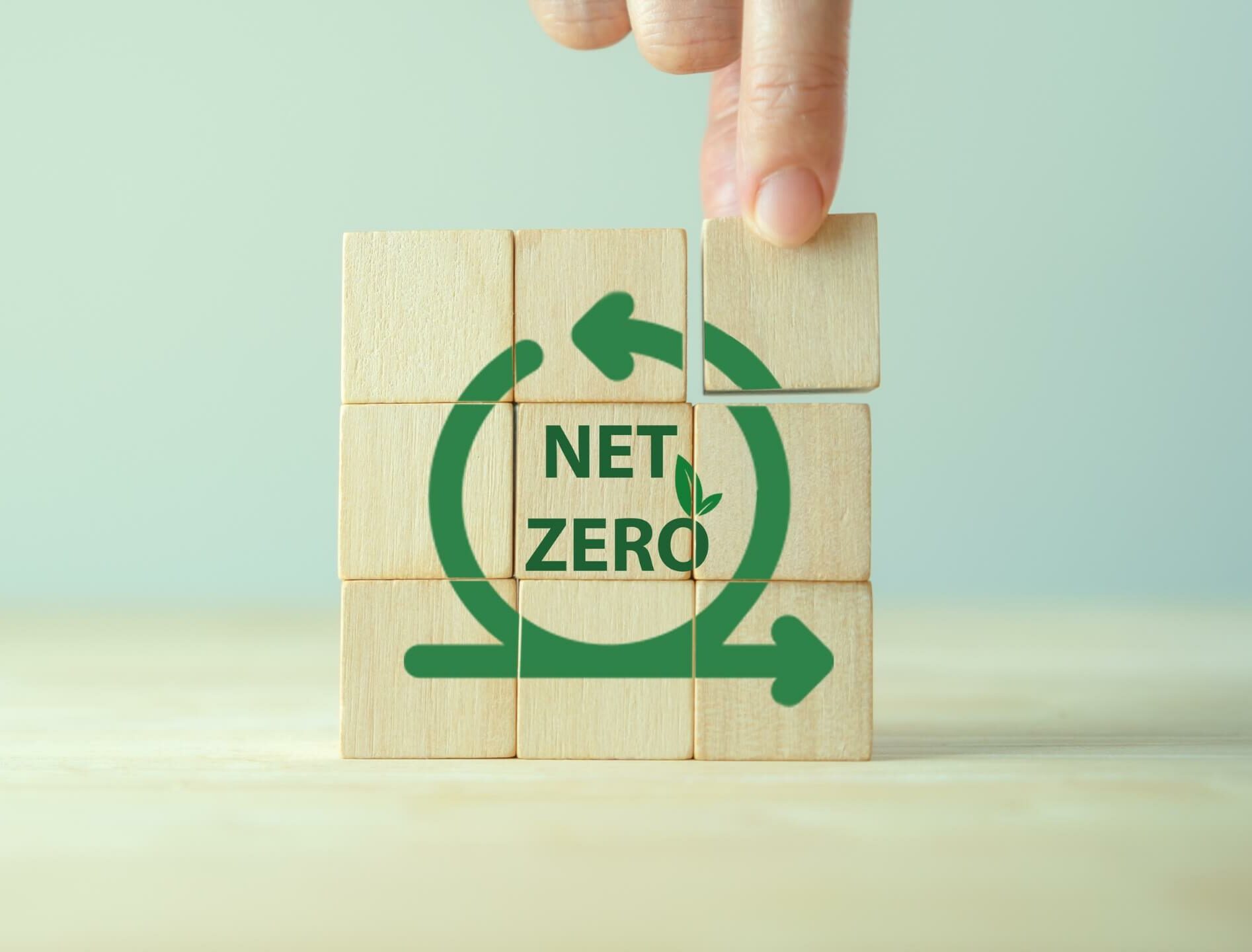Net zero emissions is a concept, which means the amount of greenhouse gasses released into the atmosphere is balanced by an equal or more amount being removed from the atmosphere. The term was popularized by the Paris Agreement and many nations set a goal to achieve net zero emissions in the near future. Here we have gathered complete information about what net zero emissions is, how we can achieve it, and much more.

What Does Net Zero Emissions Mean? What Is Net Zero Emissions?
The term net zero emissions refers to a state in which the amount of carbon dioxide and other greenhouse gasses released into the atmosphere are equal or less than the amount removed from the atmosphere. So as a result, no net emissions occur. This can be achieved by reducing emissions through various ways, such as minimizing the consumption of energy or switching to renewable energy sources like solar or wind power.
Also Read: How can I reduce my carbon footprint?
Planting trees and capturing methane gas from landfills is another way to reduce carbon emission into the atmosphere. Net zero emission should be the goal of all countries, especially the developed countries, because it is the only way to reduce global warming and to fight climate change.

Who invented net zero emissions?
The concept of net zero was proposed for the first time by the United Nations Framework Convention on Climate Change (UNFCCC) in 2011. The term was then popularized by the Paris Agreement, the milestone deal agreed at the United Nations Climate Change Conference (COP21) to reduce the effects of greenhouse gas emissions.
Also Read: What are carbon sinks and how do they work?
Nearly 200 countries agreed at the meeting to reach a balance between human-caused emissions and those absorbed or counterbalanced by natural carbon sinks, such as forests, oceans, and soil.

We can get net zero emissions through a combination of strategies that could reduce emissions and increase carbon sinks (forests and soil). The following are the major strategies to achieve net zero:
🔬 Subscribe to SciMail
Get the latest science discoveries straight to your inbox!
- Reducing our dependence on fossil fuels, and switching to renewable energy sources, such as solar, wind, and hydro power, which do not produce greenhouse gasses when generating electricity.
- To reduce emissions, businesses should consider transitioning to renewable energy sources, switching from fossil fuels to alternative sources of fuels like biodiesel and electricity gained from solar or wind sources.
- We should also reduce energy consumption and invest in energy efficiency measures that could reduce the amount of power we use while providing all the comforts of modern life.
- To reduce emissions, we should also improve our waste management systems and implement more sustainable agricultural practices that can make use of regenerative farming techniques.
- Moreover, governments should set ambitious policies for reducing the levels of carbon dioxide, such as carbon taxes or cap-and trad.
Through the implementation of all these strategies together, it is possible for us to achieve the goal of net zero emission and protect the health of our planet earth for future generations.
Why is acheiving net zero difficult?
Net zero emission is a difficult task to achieve because it requires a complete shift in our thinking about the production and consumption of energy. It involves switching away from traditional energy sources like fossil fuels towards renewable energy sources, such as solar, wind, and geothermal. It will require significant investment in new technologies and changes to existing infrastructure that may not be cost-effective for many businesses and countries. Moreover, net zero means reducing the emission of greenhouse gasses through the improvement of efficiency. It can be a difficult goal because of the system’s complexity involved with the production of goods and services.
What is an example of net zero emission?
An example of net zero emission would be a home using renewable energy sources (solar, wind, or geothermal power) for generating electricity instead of traditional source of fossil fuels. When generating electricity, these renewable energy sources produce no emissions of greenhouse gasses and so help in reducing overall global warming potential.

Is any country net zero emission?
No country has net zero emission at this time, however, many countries are actively working to reduce their emissions and switch to renewable energy sources, like solar, wind, and hydropower. For example, France decided to reduce their consumption of fossil fuels by 30 to 40% by 2030. Some other countries also set targets to achieve net zero emissions in the near future. But for now, net zero emissions is just an ambitious goal that many countries are endeavoring towards.
What will happen if we reach net zero emissions?
If we reach net zero emissions, it will have a huge positive effect on the overall environment of earth. In that case, air pollution would be reduced and the health of humans and all organisms on the planet would be improved. It could also lead to economic growth because renewable energy sources are more feasible and cost-effective for businesses. Moreover, global warming would be reduced due to the reduced emissions of greenhouse gasses into the atmosphere. Ultimately, this could significantly improve the overall climate of our planet and create a better future for upcoming generations.



Leave a Reply